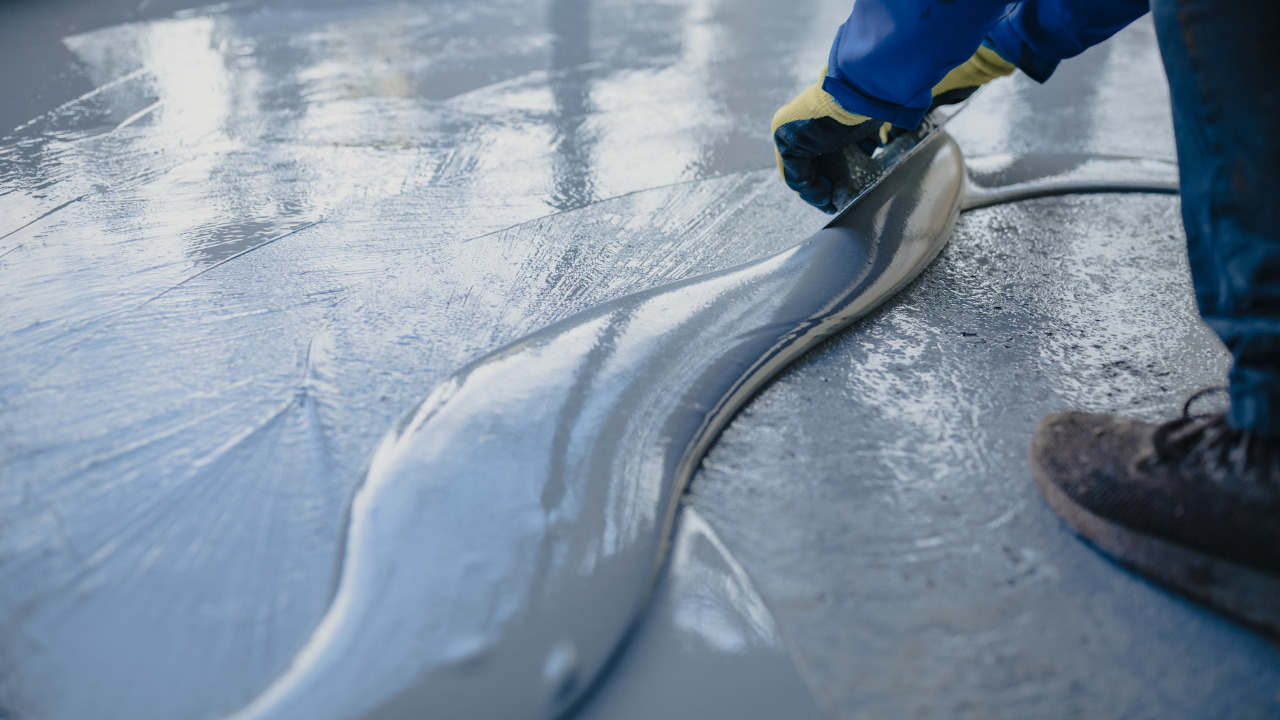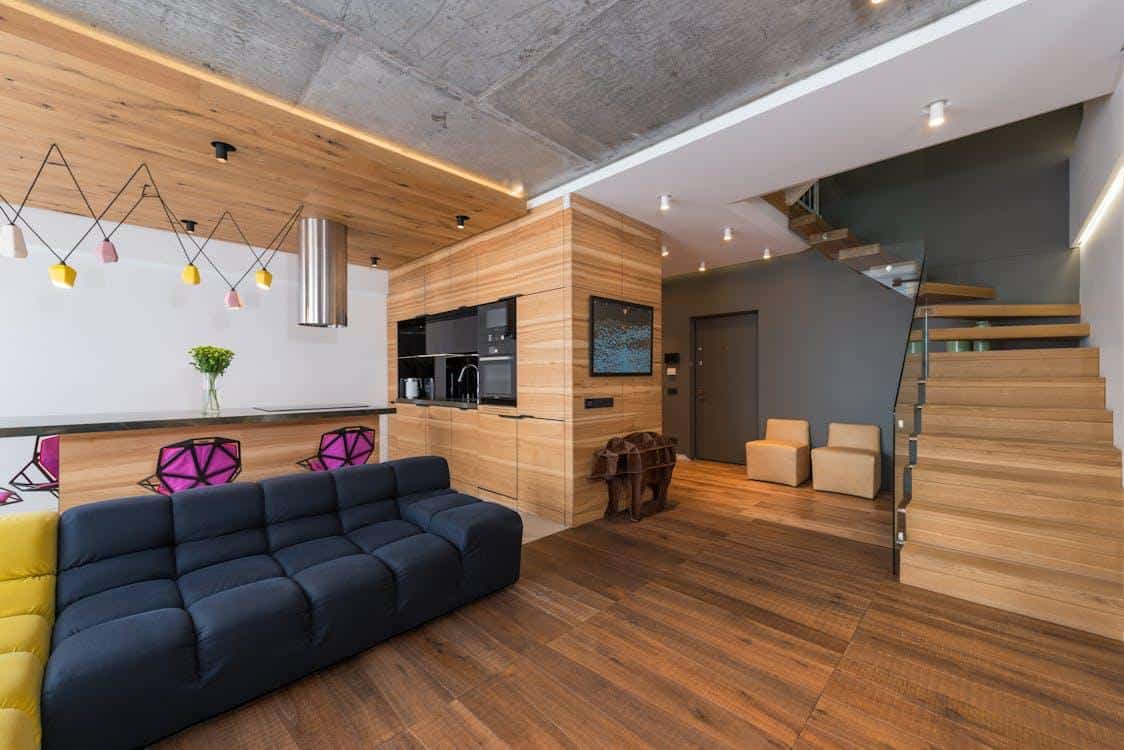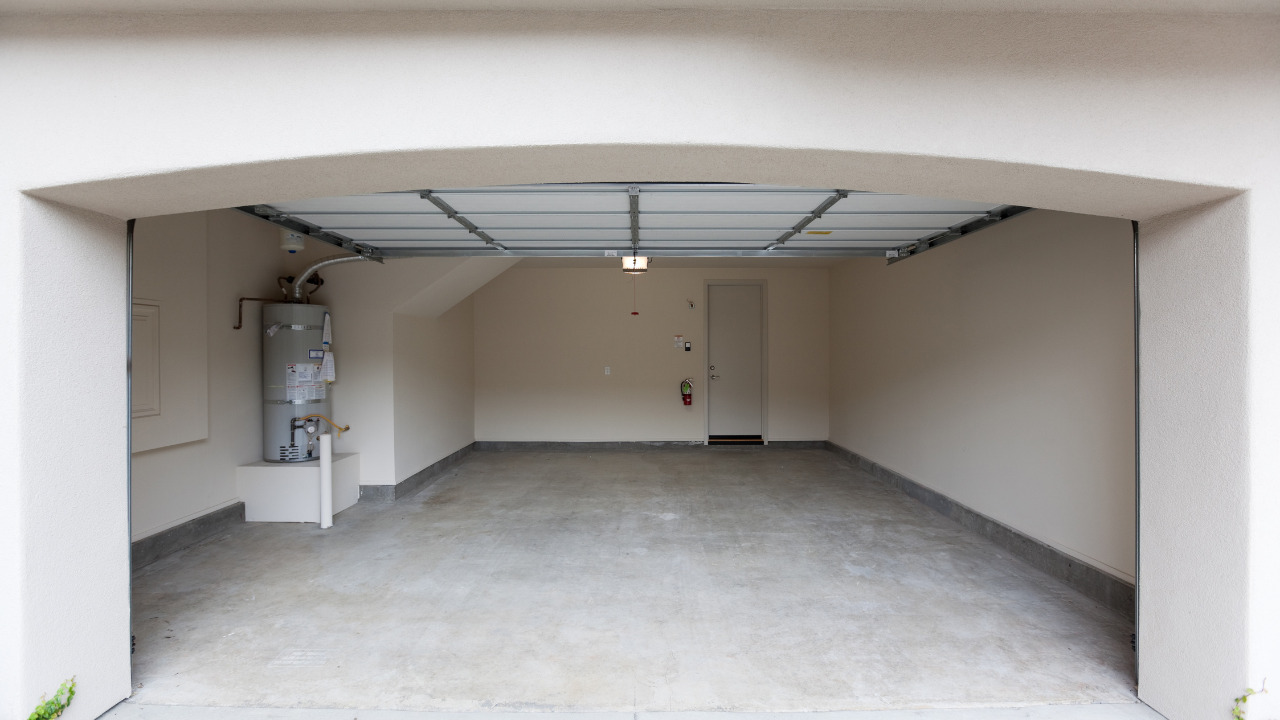Science and technology facilities, including laboratories, research centers, and tech hubs, require specialized flooring solutions that can withstand rigorous demands while ensuring safety and functionality.
Commercial epoxy flooring emerges as a leading choice for these environments, offering a range of benefits that contribute to enhanced performance, durability, and aesthetics.
In this comprehensive guide, we’ll delve into the role of commercial epoxy flooring in science and technology facilities, highlighting its applications, benefits, and importance in maintaining efficient and safe workspaces for research and innovation.
Table of Contents
1. Chemical Resistance
One of the primary reasons for choosing commercial epoxy flooring in science and technology facilities is its exceptional chemical resistance.
Epoxy coatings form a seamless, non-porous surface that can withstand exposure to acids, solvents, and other harsh chemicals commonly used in research and laboratory settings. This chemical resistance not only protects the underlying concrete substrate but also ensures a safe working environment by preventing chemical spills from penetrating the flooring.
2. Durability and Impact Resistance
Commercial epoxy flooring is known for its durability and impact resistance, making it ideal for high-traffic areas and heavy equipment use in science and technology facilities.
The epoxy coating creates a tough, resilient surface that can withstand mechanical stress, such as foot traffic, equipment movement, and occasional impacts. This durability reduces the risk of flooring damage, cracks, and deterioration, ensuring long-term performance and cost-effectiveness.
3. Hygiene and Cleanliness
Maintaining a hygienic and clean environment is crucial in science and technology facilities to prevent contamination and ensure accurate research results.
Commercial epoxy flooring offers smooth, easy-to-clean surfaces that are resistant to stains, bacteria, and mold growth. Regular cleaning and disinfection of epoxy floors help maintain a sterile environment, making them suitable for laboratories, clean rooms, and research areas where hygiene is paramount.
4. Slip Resistance
Safety is a top priority in science and technology facilities, and commercial epoxy flooring provides enhanced slip resistance to reduce the risk of accidents and injuries.
Epoxy coatings can be customized with anti-slip additives or textures to improve traction and grip, even in wet or oily conditions. This slip-resistant feature is essential for areas where spills, liquids, or chemicals are present, ensuring a safe working environment for personnel.
5. Customizable Designs and Aesthetics
In addition to its functional benefits, metallic epoxy floors offer versatility in design and aesthetics. Facilities can choose from a wide range of colors, patterns, and finishes to create customized flooring solutions that align with their branding, workflow, and environment.
Epoxy coatings can also incorporate safety markings, demarcation lines, and signage to enhance navigation, organization, and safety protocols within the facility.
6. Sustainability and Environmental Impact
Many commercial epoxy flooring systems are formulated with low VOC (volatile organic compound) emissions, contributing to indoor air quality and environmental sustainability. By choosing eco-friendly epoxy coatings, science and technology facilities can reduce their carbon footprint and support green building initiatives without compromising on performance or durability.
Conclusion
Commercial epoxy flooring plays a crucial role in enhancing functionality, safety, and aesthetics in science and technology facilities. Its chemical resistance, durability, hygiene properties, slip resistance, customizable designs, and sustainability make it a preferred choice for laboratories, research centers, and tech hubs.
By investing in commercial epoxy flooring, facilities can create efficient, safe, and visually appealing workspaces that promote productivity, innovation, and collaboration in the pursuit of scientific advancements.
In conclusion, commercial epoxy flooring stands as an indispensable asset in science and technology facilities, offering a harmonious blend of functionality, durability, safety, and aesthetics.
Its ability to withstand chemical exposure, impact, and heavy usage while maintaining a hygienic and clean environment makes it an ideal flooring solution for laboratories, research centers, and tech hubs. The customizable designs and sustainable features of epoxy coatings further enhance their appeal, allowing facilities to create tailored environments that support their unique workflows and objectives.
By choosing commercial epoxy flooring, science and technology facilities invest in long-term performance and cost-effectiveness. The seamless, easy-to-clean surfaces of epoxy coatings reduce maintenance efforts and contribute to a sterile working environment, essential for accurate research outcomes and innovation.
Additionally, the slip-resistant properties and environmental sustainability of epoxy flooring align with safety standards and green building practices, promoting a holistic approach to facility management.
Overall, commercial epoxy flooring plays a vital role in fostering productivity, collaboration, and creativity within science and technology facilities. Its versatility, durability, and aesthetic appeal contribute to creating inspiring workspaces that facilitate breakthroughs and advancements in various fields of research and innovation.
Embracing the benefits of commercial epoxy flooring is not just about enhancing the physical environment but also about supporting the mission and vision of science and technology endeavors for a brighter and more sustainable future.





